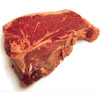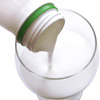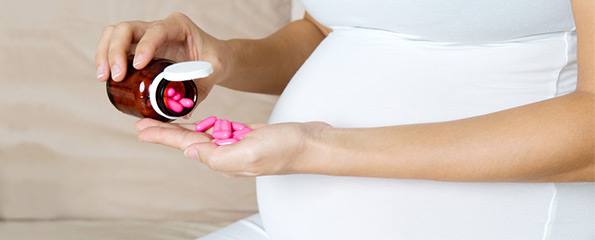- Video: The basics of eating
- Dairy
- Meat and meat products
- Eggs
- Grains (cereals)
- Food additives
- Caffeine
- Bioactives
- Video: Protein
- Protein shakes
Video: The basics of eating
 |
Something that we all do every day is eat. But eating can get complicated – there is a lot of variety and choice, and a lot of contradictory advice on what’s best for us. Dr Joe Kosterich explains the basics of what we need to eat. |
Watch the video Food: Basics of What We Need to Eat.
Dairy
 |
The consumption of milk products needs to be encouraged, especially among children and adolescents, who are building their peak bone mass and are also developing lifelong habits. There are almost as many misconceptions about milk as there are benefits. |
For more information, see Dairy.
Meat and meat products
 |
Meat is classified as red (e.g. beef, goat and lamb) or white (e.g. chicken). Meat from any source is of similar nutritional value, whether it is white or red. Meat and meat products are rich and concentrated sources of nutrients, including fats, proteins, vitamin B12, zinc and iron. |
For more information, see Meat and Meat Products.
Eggs
For more information, see Eggs.
Grains (cereals)
 |
Grains, also called cereals and cereal grains, are important sources of energy, carbohydrate, protein and fibre. Though cereals generally lack vitamins A, C and B12, they contain a range of micronutrients such as vitamin E, some of the B vitamins (e.g. B6), magnesium and zinc. Examples of cereals are wheat, maize, rice, barley oats, millet and sorghum. |
For more information, see Grains (Cereals).
Food additives
 |
Food additives are chemical substances added to foods to improve flavour, texture, colour, appearance and consistency, or as preservatives during manufacturing or processing. Herbs, spices, hops, salt, yeast, water, air and protein hydrolysates are excluded from this definition. |
For more information, see Food Additives.
Caffeine
 |
Caffeine is found in many foods, beverages and medications. Following absorption, caffeine is directed to the brain where it stimulates the nervous system. It also stimulates the heart and increases smooth muscle relaxation. As smooth muscles regulate the flow of blood through the body, this can affect an individual’s blood flow. |
For more information, see Caffeine.
Bioactives
 |
Bioactives are chemicals, chemical molecules and microbes (microscopic organisms) that have some biological effect on our bodies. Bioactive food components are bioactives that have been added to food. Bioactives are not essential for nutrition (i.e. you can’t be deficient in bioactives) but they are thought to offer some health benefits. |
For more information, see Bioactives.
Video: Protein
 |
Dr Joe Kosterich talks about how much protein we need, sources of protein, protein supplements, the role of protein in exercise programs, and the advantages and disadvantages of high-protein diets. |
Watch a video about Protein.
Protein shakes
 |
A protein shake is a high protein beverage, usually prepared by mixing a specially formulated, high-protein powder with liquid. The key ingredients of protein shakes are protein hydrosolates. Many also contain added amino acids and sugary carbohydrates. |
For more information, see Protein Shakes.
Book your health appointments online
Find and instantly book your next health appointment with Healthengine
More information
 |
For more information on nutrition, including information on types and composition of food, nutrition and people, conditions related to nutrition, and diets and recipes, as well as some useful videos and tools, see Nutrition. |
All content and media on the HealthEngine Blog is created and published online for informational purposes only. It is not intended to be a substitute for professional medical advice and should not be relied on as health or personal advice. Always seek the guidance of your doctor or other qualified health professional with any questions you may have regarding your health or a medical condition. Never disregard the advice of a medical professional, or delay in seeking it because of something you have read on this Website. If you think you may have a medical emergency, call your doctor, go to the nearest hospital emergency department, or call the emergency services immediately.








